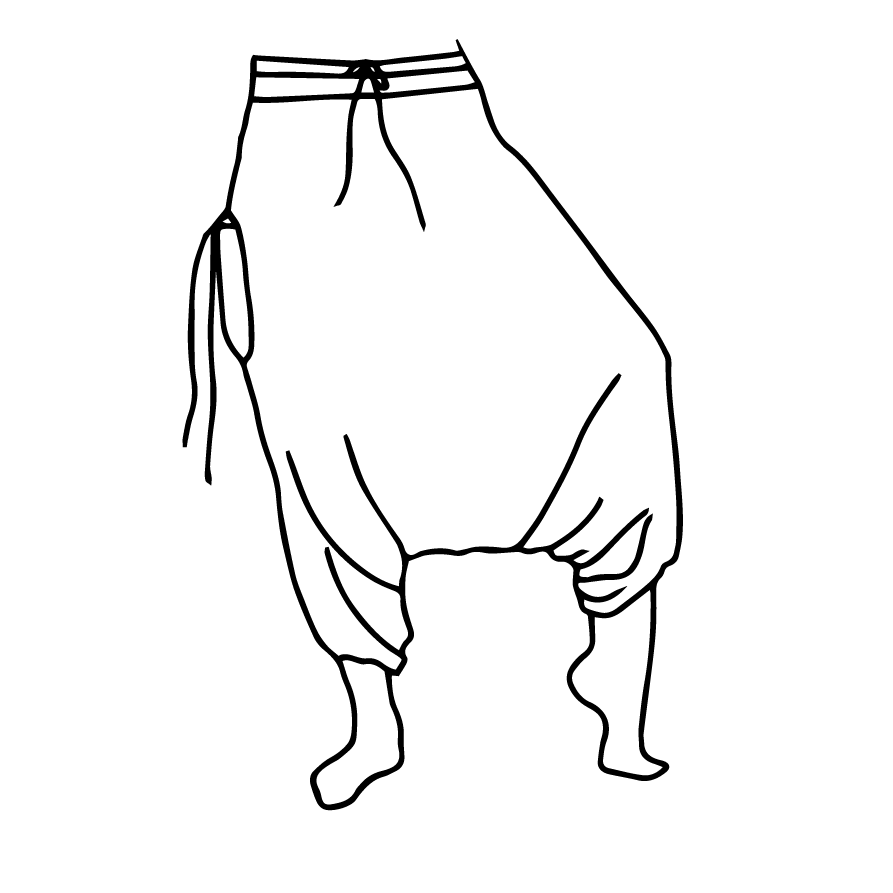Many people are familiar with the brightly colored cards known as Tarot. But few know its origins.
Tarot was born in Egypt in the 1400’s and was made to predict disaster. The word Tarot means “Royal Path,” and was part of a Pharoah’s training.
The most common used tarot cards is the Rider-Waite Deck. These cards were drawn by illustrator Pamela Colman Smith on the instruction of academic / mystic, A. E. Waite, and were published by the Rider Company. Edward Waite was a member of the Golden Dawn mystical sect and he was removed from the covenant for writing the deck. His sacrifice made Tarot accessible to all.
Tarot requires the user to trust their inner voice so they can tap into, and strengthen their inner self. Tarot acts as a guide to help users in life situations. While it points to possible outcomes, these possibilities are not written in stone. Forewarned, a knowledgeable Tarot user can make decisions to influence outcomes.
A change in direction and perspective will affect results. Tarot’s accuracy is foreseeable about a year ahead.
There are 78 cards in a tarot deck, divided into 22 Major Arcana and 56 Minor Arcana.
The Major Arcana cards tell the spiritual side of a given situation. Tarot demands that a user surrender to the will of the Universe, rather than their own. When a Major Arcana card come up, it indicates a situation greater than what’s immediately evident.
The 56 Minor Arcana cards originated in the Orient, and are based upon a regular playing card deck of 54, plus two Jokers. These cards fill in the details, the specifics of the larger situation and how they relate to the person using the divination of the Tarot. The Minor arcana represents what’s going on physically.
Originally the Major and Minor Arcanas were used separately to predict disasters. They were brought together in the 1600’s in Europe, bringing about a unifying “wholeness” to the deck





































Leave a comment
This site is protected by hCaptcha and the hCaptcha Privacy Policy and Terms of Service apply.